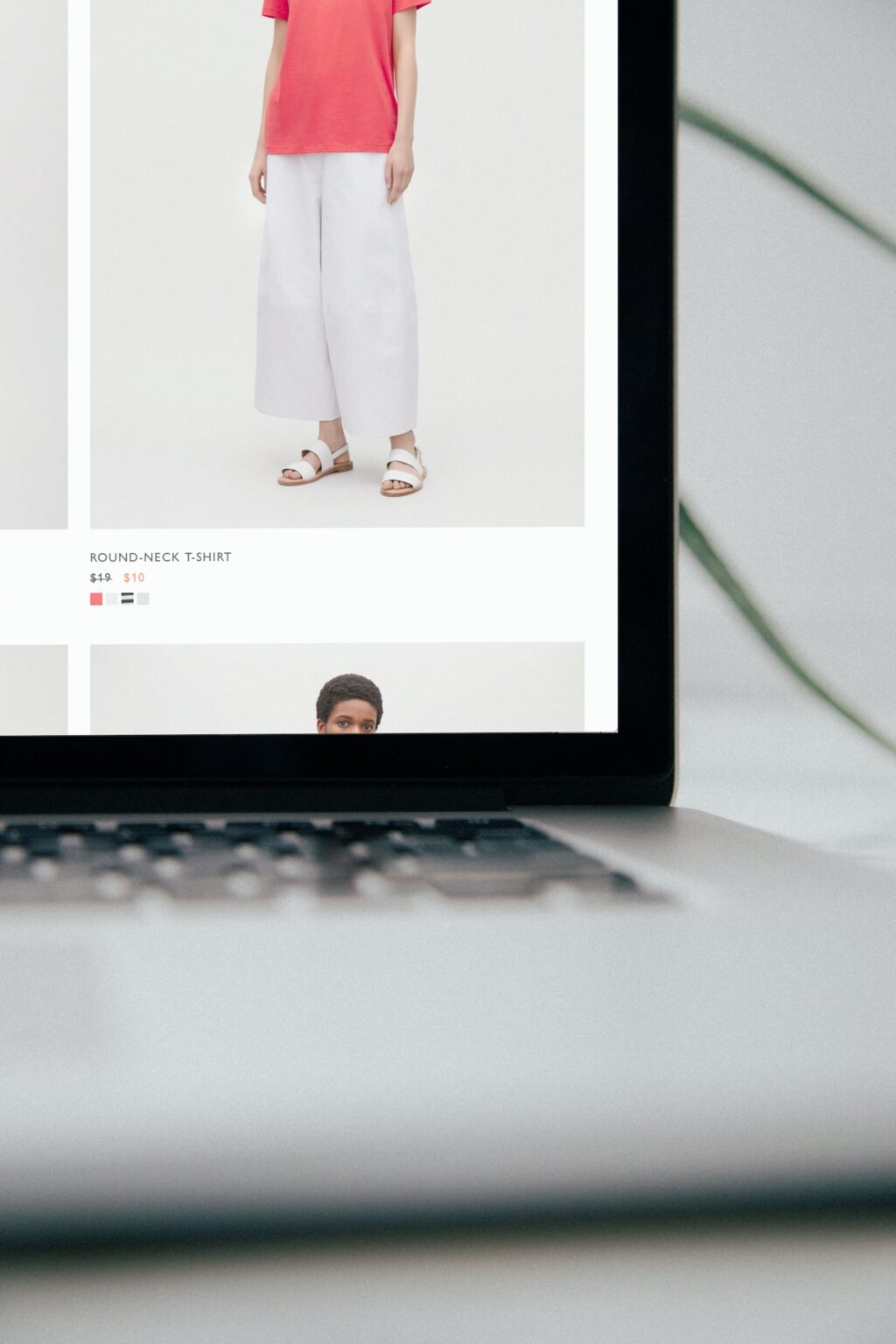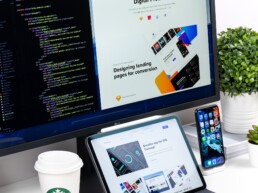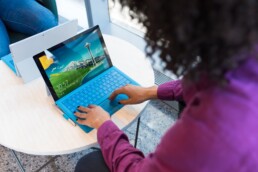Must-Have Ecommerce Usability Features to Increase Conversion
Reports are out that the estimated U.S. retail e-commerce sales for the first quarter of 2016 were $92.8 billion – an increase of 3.7 percent from the fourth quarter of 2015. With total retail sales for the first quarter of 2016 estimated at $1,183.9 billion – there’s no doubting the importance of a business having an eCommerce presence.
Capitalizing on this ever-growing segment of online shoppers can be as simple as setting up a templated site; however, if not designed or developed properly, these methods can reflect poor user experience, deterring customers from purchasing.
The core goal of a commerce site is to make the experience of purchasing as easy as possible for the consumer – so usability is key. Even focusing on a small set of e-commerce usability essentials, a site can become more usable almost immediately.

Navigation
When shopping online, consumers generally have a goal in mind and, thus – a task-driven pursuit. One of the main things that can be done to improve this experience is to analyze the main navigation of a site to ensure that primary navigation is organized and reflective of the product hierarchy system. Ease of use within the navigation will also allow the user to feel comfortable enough to explore, knowing they can get back to their destination if needed – but encouraging more movement around the site in fewer clicks, the comparison of products and a higher rate of conversion for the business.
Trust
Operating an eCommerce business without a secure site, also known as an HTTPS, is simply not an option, but customer security and trust come down to more than just logistics. Due to the nature of online business and the fact that customers are unable to experience the actual product or business ‘in the flesh’, extending trust is key to conversion. Providing real customer reviews, easily accessible contact information, live customer service and a physical address and phone number all provide customers with touchpoints to instill confidence in the business.
Path to Purchase
Once a user has made it to their destination, in this case – usually, a specific product page – intuitive calls to action and visual cues are essential to the final conversion. Interface details such as allowing customers to see their ‘in progress’ shopping cart with a product total, a clear ‘add to cart’ button, product detail pop-ups and customer reviews must all be on the same page and allow the customer a seamless experience to access all the information at one time as desired.
Customer Reviews
Over 70% of online shoppers state that they read product reviews before ultimately purchasing – so it’s critical to include a component of social proof on an eCommerce site. While a simple review can result in future conversions, customer images of products can take this a step further. While produced, studio images of products are detailed and styled, it’s the ‘real’ customer imagery that ultimately persuades another customer to purchase.
Adhering to best practices in user experience will, above all provide a better rate of conversion. Providing customers with the information, transparency and tools needed to accomplish their task will ultimately bring more business to the site, instead of a competitor who has already optimized.
The Art and Science of UI Design: A Guide to Effective Interface Creation
User Interface (UI) design is a multifaceted discipline that focuses on creating visually appealing, easy-to-use, and efficient interfaces for digital products. With technology's rapid evolution and user expectations constantly shifting, UI…
The Future of User Experience
A Comprehensive Guide to Enhancing User Engagement through Design Language and Interactive Design The landscape of digital design is rapidly evolving, with new technologies and methodologies emerging every day with significant considerations…
The Use of Color in User Interface Design
Color is a crucial element of user interface design, not only shaping the mood and emotional resonance but also significantly affecting usability. An interface that employs well-thought-out color schemes can enhance user experience by improving…



